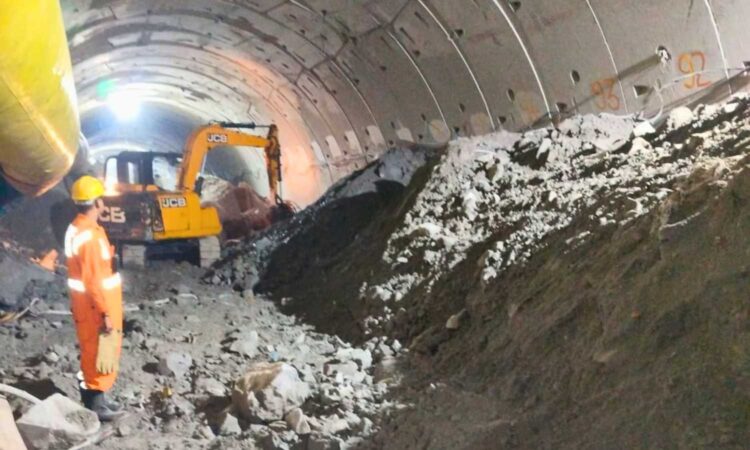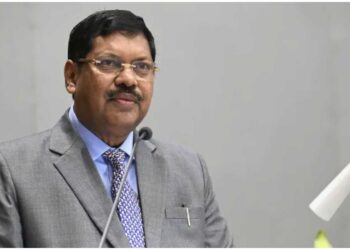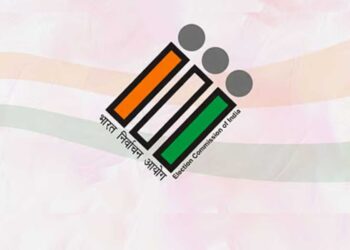HYDERABAD: An expert committee constituted by the Telangana government has concluded that drilling and blasting (DBM) is the only technically feasible method to complete the remaining 9 kilometres of the SriSailam Left Bank Canal (SLBC) tunnel, following the tunnel roof collapse earlier this year.
The collapse occurred on February 22 at the tunnel’s inlet section, trapping eight workers, of whom only two bodies have been recovered so far. In response, the state government formed a committee to examine future construction options and safety measures related to the tunnel.
The committee convened on Thursday at Jalasoudha in Hyderabad, with Disaster Management Commissioner Arvind Kumar, Nalgonda CE Ajay Kumar, and experts from national institutions like NGRI, NIRM, NIGAM, and others participating.
According to reliable sources, the key challenge lies in determining how to proceed with the remaining tunnel construction, especially the final 50-metre segment (D2 zone), which is riddled with mud, debris, and weak shear zones. These zones make excavation particularly dangerous and complicated. Officials suspect the remaining six bodies may still be located in this stretch.
While tunnelling from the Devarakonda side using a tunnel boring machine is technically possible, the inlet side poses significant challenges due to instability at the collapse site.
Focus on Alternatives
The expert panel has now constituted a technical sub-committee, which includes national experts and Colonel Prakshit Mehra, to explore alternative excavation methods. One proposal involves constructing a vertical shaft from the surface to reach the tunnel’s terminal section. However, this would require clearance from the Centre, as the area falls within the Amrabad Tiger Reserve.
The second, more likely approach is to use the existing inlet route for drilling and blasting, and transport nearly 14 km of debris backward through the tunnel. Before this can begin, the ground layers must be examined via boreholes—which again requires central environmental approval—or through geophysical scanning.
The sub-committee will submit a detailed report recommending the most practical and safe option based on ground assessments and regulatory clearances.
The government remains committed to continuing rescue efforts, even as it works to determine a safe and efficient path forward for completing the critical irrigation project.










